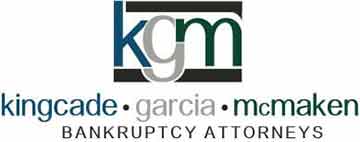Personal bankruptcy protection can help struggling consumers enjoy debt relief. To enjoy a fresh financial future, filing parties should be familiar with the different types of personal bankruptcy protection, the differences between them and how they can protect struggling consumers in different situations.
Chapter 7 bankruptcy
Chapter 7 bankruptcy is the most common type of personal bankruptcy protection. It involves the process of dismissing and repaying debts and some of the filing party’s property is sold to repay their debts. This blog has previously discussed how exempt property can be protected from the liquidation process. It has also discussed how the means test is used to determine if the filing party qualifies for Chapter 7 bankruptcy protection. If the filing party does not qualify, usually because their income is too high, other personal bankruptcy protection options may still be available to them such as Chapter 13 bankruptcy.
Chapter 13 bankruptcy
Chapter 13 bankruptcy is a repayment process for filing parties that have enough income to repay most of their debts but need more time to do so. It typically allows the filing party to keep their property. The process involves working out a repayment plan with the bankruptcy court to be paid over time. Then end of the process all brings a debt discharge for the filing party.
Either personal bankruptcy option allows the filing party to enjoy a fresh financial start. For that reason, struggling consumers need to be familiar with the benefits of the different types of bankruptcy and which is the best option for them.


